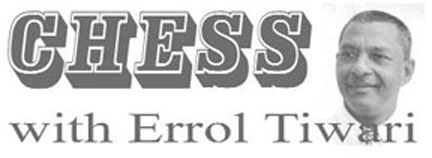I honestly don’t like him playing chess. I mean I see him sitting there for ten minutes thinking four moves ahead before he makes one. And he actually does the same thing in the ring – he thinks too much.
-Emmanuel Steward, trainer of Lennox Lewis, a past undisputed heavyweight boxing champion of the world.
The Machine, a stage play written about the 1997 chess rematch between Deep Blue and Garry Kasparov, premiered at the Manchester International Festival recently, and tells the story of Kasparov’s loss to the mindless silicon monster. The loss was narrow, but it was harrowing. The machine had arrived; engine supremacy was established and chess as weknew it, would never be the same again. Hadley Fraser played Garry, with Kenneth Lee as Feng-Hsiung Hsu, the creator of Deep Blue.
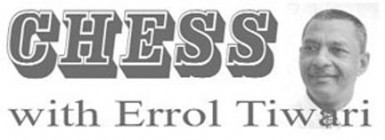 No knowledge of chess or the match is needed. It was written as a fight between Kasparov and the chief programmer Hsu; about how programming took over Hsu’s life; and about how both people are used by big business: IBM refused Kasparov a third match. We are told that grandmaster Joel Benjamin is portrayed as a weak grandmaster in awe of Kasparov; amazed when Garry offered him a draw in their 1994 Credit Suisse Masters game wanting the world champion to sign his score sheet so that he could have his autograph.
No knowledge of chess or the match is needed. It was written as a fight between Kasparov and the chief programmer Hsu; about how programming took over Hsu’s life; and about how both people are used by big business: IBM refused Kasparov a third match. We are told that grandmaster Joel Benjamin is portrayed as a weak grandmaster in awe of Kasparov; amazed when Garry offered him a draw in their 1994 Credit Suisse Masters game wanting the world champion to sign his score sheet so that he could have his autograph.
There is a question left open as to whether Deep Blue obtained assistance from grandmaster Benjamin in the second game of the match, an inference which the audience is supposed to draw. Or was it Karpov?
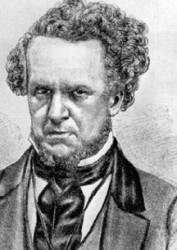
We are told that Karpov is featured on stage at selected key moments. The departures from chess, or the language of chess, were minimal or inconsequential. Hadley Fraser who played Kasparov, moved the pieces much like a “proper chess player” and memorized the starting moves of each game.
So did Kenneth Lee who played Hsu. We are told that Fraser and Lee memorized all the moves of the fateful sixth game which Kasparov lost, and which cost the world champion the match.
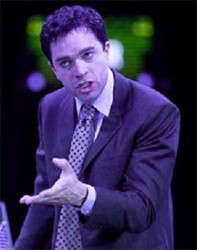
The Machine has been moved to New York and will play at the Park Avenue Amory from September 4-18.
‘Greatest masters’
Although lots of international tournaments are happening around the globe, I shall continue with Fischer’s picks of his “ten greatest masters in history.” Eyes are, however, on the World Cup in Norway which is designed to identify two persons to play in the next Candidates World Champion-ship cycle. The World Cup is entering the gruelling semi-final stage and any of the favourites could be eliminated.
Here is the evergreen Fischer’s comment on Howard Staunton, one of those whom he selected as among the greatest masters in history. Incidentally, Staunton designed the popular Staunton chess pieces, which are the standard and accepted chess pieces of today.
Howard Staunton 1810-1874.
“Staunton was the most profound opening analyst of all time. He was more theorist than player, but nonetheless he was the strongest player of his day. Playing over his games, I discover that they are completely modern; where Morphy and Steinitz rejected the fianchetto, Staunton embraced it. In addition he understood all of the positional concepts which modern players hold so dear, and thus with Steinitz must be considered the first modern player.
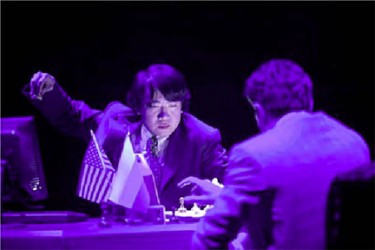
“Besides his standardization of the chess set, Staunton’s fame rests with the four important textbooks he wrote: the Handbook , The Chess Companion , The Chess Tournament and Chess Praxis. Staunton appears to have been afraid to meet Morphy and I think his fears were well founded. Morphy would have beaten him, but it wouldn’t have been the one-sided encounter that many writers now think it would. It would have been a great struggle.
“Staunton often didn’t beat weaker players as easily as his contemporaries did, and very few of his games show brilliancies. But when Staunton fianchettoed his King Bishop on the Black side of a closed Sicilian Defence, his opponents had no conception of what he was doing and consequently, were generally wiped off the board. These were not just ‘fish’ but the best players of his day. Staunton’s right to be on a list of the ten greatest players of all time is firmly founded in the profundity of his insights, especially in the opening, and the great wealth of book knowledge that was his.”
Last week’s chess puzzle
Paul Morphy’s execeptional chess puzzle specified that White is to move and checkmate in two. The utterly foolish and incomprehensible, but brilliant move is 1. Ra6!! . If Black takes the Rook, 2., Rook takes Pawn checkmate! The first correct answer came from Mr Sudharack Sukhdeo of Canal No 1 Polder, West Bank Demerara.
Congratulations Sir!
Popert v Staunton
[Event London]
[Site London]
[Date 1840
[Round 1]
[Result 0-1]
[White H W Popert]
[Black Howard Staunton]
1. e4 c5 2. f4 e6 3. Nf3 Nc6 4. c3 d5 5. e5 Nh6 6. Bd3 Be7 7. Bc2 Bd7 8. O-O Qb6 9. d4 Rc8 10. Kh1 O-O 11. a3 a5 12. Ng5 g6 13. dxc5 Bxc5 14. Qe1 Ng4 15. h3 Ne3 16. Bxe3 Bxe3 17. Nd2 h6 18. Nge4 dxe4 19. Nc4 Qb5 20. Nxe3 h5 21. Rb1 f5 22. exf6 Rxf6 23. Bxe4 Rcf8 24. Qg3 Ne7 25. b4 Bc6 26. Bc2 axb4 27. c4 Qb6 28. axb4 Qd4 29. Rbd1 Qb6 30. b5 Be8 31. Rde1 Qc7 32. Kh2 Rxf4 33. Be4 0-1 .
